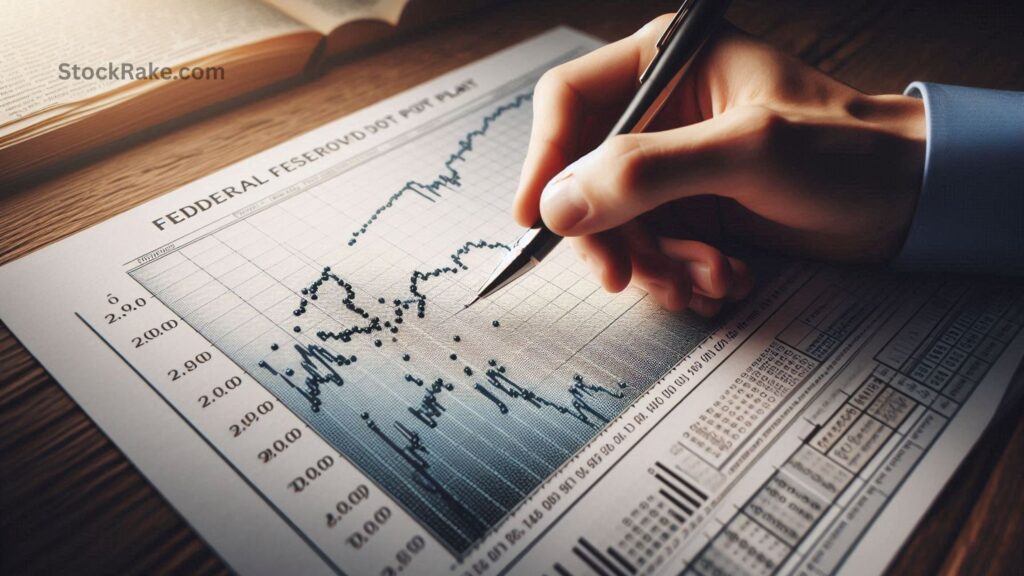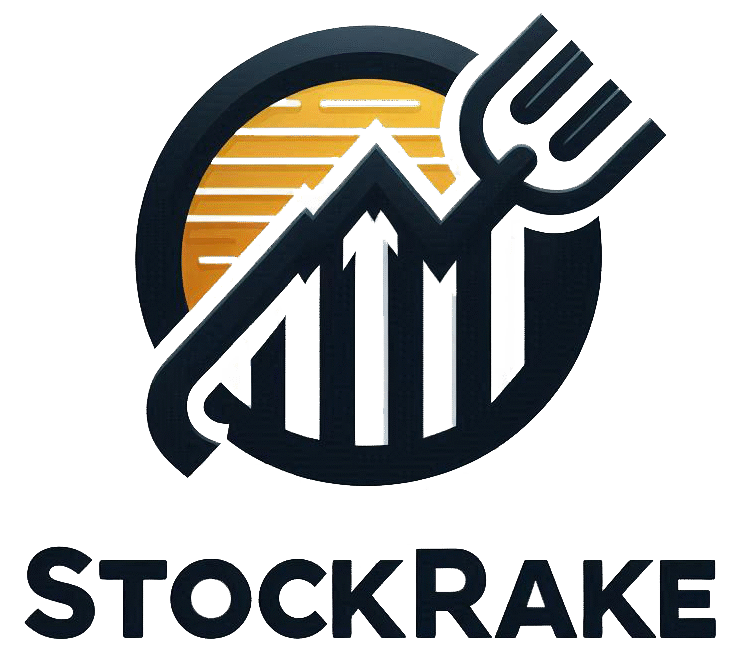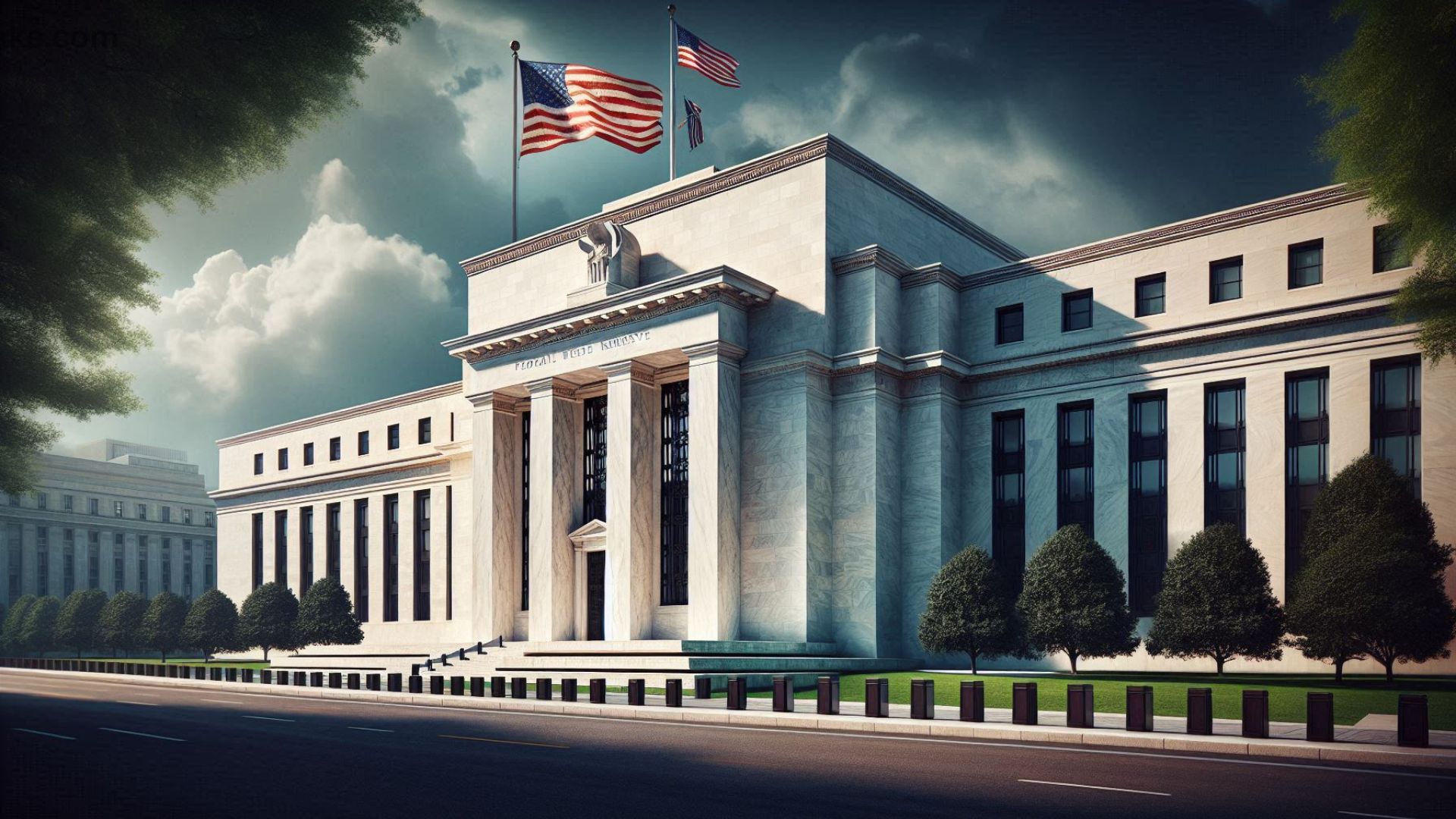When the Federal Reserve meets this June, most experts believe they’ll keep interest rates steady in the current range of 4.25% to 4.50%. Since inflation is cooling off and the job market is still doing okay, the Fed doesn’t feel pressure to make any big moves just yet.
But what’s more interesting than the actual decision is what the Fed says about the future. After the meeting, they’ll release new projections about interest rates and the economy, which could give us clues about what’s coming in 2025. Still, experts warn these forecasts aren’t set in stone.
“There’s just too much uncertainty to make firm predictions,” says Derek Tang, cofounder of LHMeyer, a firm that studies monetary policy.
With new tariffs and changing priorities from the Trump administration, the economic outlook is pretty unclear. The Fed has to balance today’s strong data with the risk of rising inflation, slower growth, or a weaker job market down the road.
Investors have already started dialing back expectations for rate cuts this year, and the Fed’s updated projections on Wednesday might reflect that shift. “We’re getting close to crunch time for 2025,” says Lindsay Rosner from Goldman Sachs Asset Management.
The Economy Looks Okay—For Now

Right now, things are looking decent. Inflation is slowly coming down, and while the job market isn’t as strong as last year, it’s still holding up. The May Consumer Price Index (CPI) report showed that prices didn’t rise as much as expected, and job numbers also looked healthy.
Still, Trump’s new tariffs haven’t fully shown up in the data yet, and both consumer and business confidence have taken a hit.
CPI vs. Core CPI: Why It Matters
The Fed is in a “wait and see” mode, watching to see how things play out—especially with inflation. Tariffs could drive prices higher, but it’s hard to know how much just yet. “The Fed isn’t too worried about inflation today—it’s worried about where inflation might go next,” says Tang. “And we won’t really know for a few more months.”
Fed Governor Adriana Kugler said last week that she sees risks of inflation going up and economic growth slowing down. That’s why she supports keeping interest rates where they are—at least for now.
The Fed is also watching the job market closely. If hiring slows or unemployment rises, they’ve said they’re ready to cut rates quickly if needed.

Also Read: How Do You Diversify a Stock Portfolio for Long-Term Growth?
Watch the Dot Plot

Since no major changes are expected immediately, all eyes will be on the Fed’s dot plot—a chart that shows where each Fed member thinks rates will go. This will be the first update since March and could offer solid clues about future rate cuts.
Predicting the economy is always tough, and it’s even harder now. The last dot plot came out before Trump’s surprise tariff announcement on April 2. Back then, the Fed expected two cuts in 2025. But with sticky inflation and changing policies, that forecast may now be too optimistic.
Some analysts think we might only see one cut in 2025. Futures markets have already adjusted to expect fewer cuts. Rosner says a dot plot showing no cuts would be a surprise and could be taken as a more aggressive (hawkish) stance.
It’s Not Just About Tariffs
While tariffs are making headlines, the Fed also has to consider other factors—like immigration changes, new regulations, and shifts in government spending. All of these could impact the economy in big ways.
Rosner points out that the Fed doesn’t make decisions based on what might happen. They focus on real data. At the same time, they’re still trying to figure out the “neutral rate”—the level where interest rates don’t speed up or slow down the economy. If that rate is higher than before, we might not need as many rate cuts as some expect.

Also Read: What Are the Best Renewable Energy Stocks to Watch?
What Are Markets Expecting?

Right now, traders expect the Fed’s first rate cut to come in September. According to the CME FedWatch Tool, there’s about a 60% chance of a September cut, and an 88% chance of at least two cuts by the end of the year. The current rate has stayed unchanged since December.
But expert opinions are all over the place:
- Lindsay Rosner expects one cut in 2025.
- JPMorgan’s Michael Feroli thinks we won’t see a cut until December.
- Morningstar’s Preston Caldwell expects one in July and another before year-end.
- Wells Fargo predicts three small cuts (totaling 0.75%) by year-end.
- UBS’s Brian Rose is forecasting four cuts starting in September—but says they might be delayed if job growth stays strong while tariffs push up inflation.


